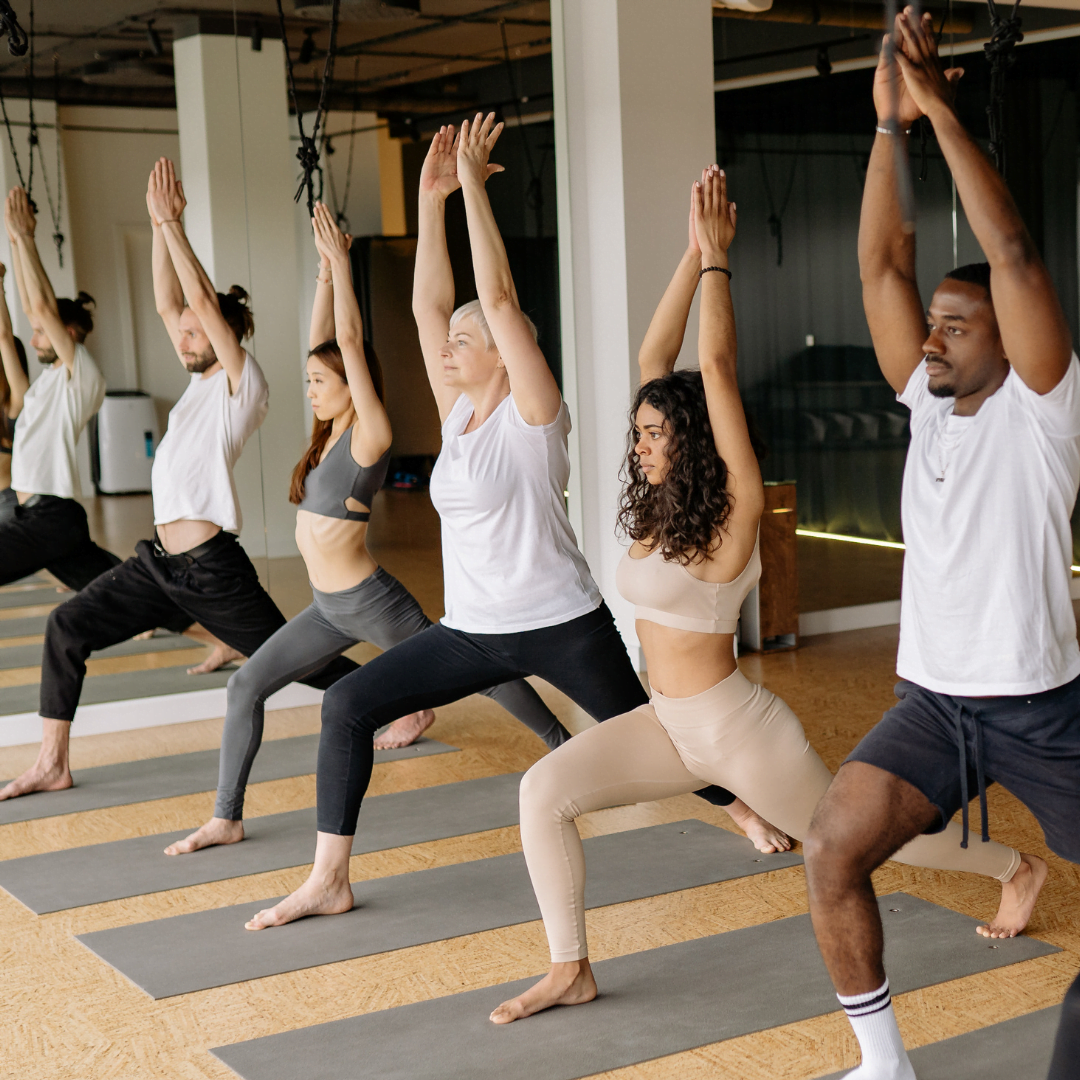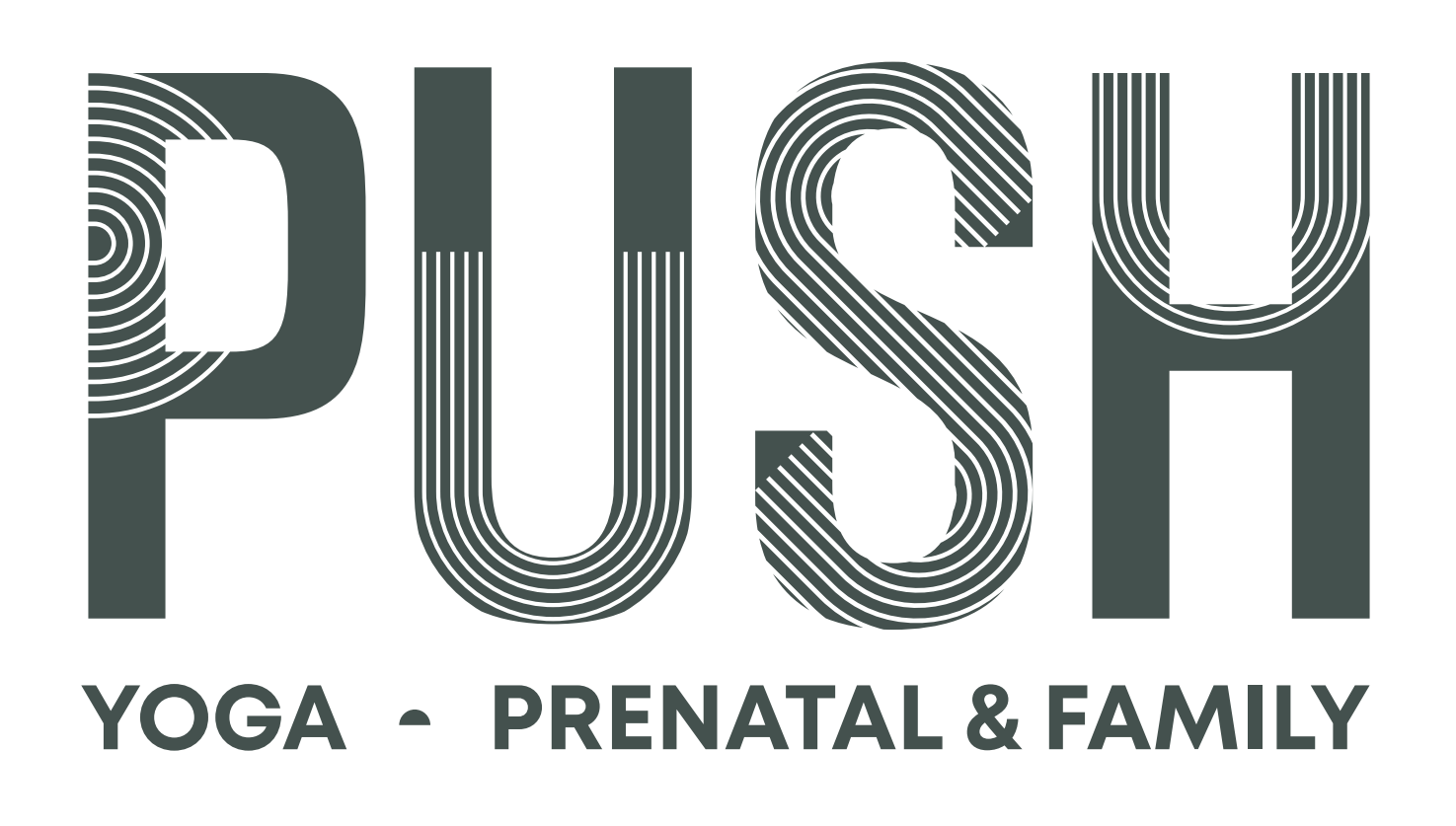Basketball is a fast-paced, high-impact sport that requires a unique combination of strength, flexibility, balance, and mental focus. Players need to jump high, move quickly in all directions, and maintain endurance throughout a game. While traditional strength and conditioning programs focus on building power and stamina, one often overlooked but highly beneficial practice is yoga.
Yoga offers numerous physical and mental benefits for basketball players, helping them develop better balance, flexibility, core strength, and mental clarity. Whether you’re a youth player in Markham or an aspiring pro, incorporating yoga into your training routine can improve performance on the court and reduce the risk of injury.
Why Basketball Players Need Yoga
Basketball involves constant movement—jumping, sprinting, pivoting, and sudden stops, which put a lot of strain on the body. Yoga’s emphasis on flexibility and muscle control helps athletes maintain fluidity and reduce stiffness. Let’s break down why yoga is crucial for basketball players:
1. Improved Flexibility and Mobility
Basketball requires dynamic movement and flexibility, especially in the hips, hamstrings, calves, and shoulders. Tight muscles can limit a player’s range of motion, affecting their ability to jump, shoot, or defend effectively. Yoga poses such as Downward Dog, Pigeon Pose, and Warrior II open up tight areas, especially in the hips and legs, which are vital for explosive movements like jumping and quick direction changes.
2. Enhanced Balance and Core Strength
Maintaining balance is key in basketball, whether you’re making a layup, guarding an opponent, or running down the court. Yoga poses such as Tree Pose, Warrior III, and Boat Pose strengthen the core and improve balance, which translates to better stability during high-speed movements and less risk of falling or injuring yourself.
3. Injury Prevention
In a high-impact sport like basketball, injuries are common. Overworked muscles, joints, and ligaments are prone to strains and sprains. Yoga helps strengthen supporting muscles and improves joint flexibility, which reduces the risk of injury. Poses like Reclined Twist and Bridge Pose stretch the spine and help keep the back healthy—an essential area for basketball players who often experience lower back issues.
4. Mental Focus and Stress Relief
Basketball games can be intense, and mental focus is often the difference between a win and a loss. Yoga’s meditative aspects help players develop mindfulness, which improves focus during critical game moments. Breathing exercises such as Pranayama teach players to manage stress and stay calm under pressure, which is invaluable during a close game or when facing tough opponents.
Yoga Poses for Basketball Players
To maximize the benefits of yoga for basketball, here are some specific poses that target the areas basketball players need the most.

1. Downward-Facing Dog (Adho Mukha Svanasana)
- Benefits: Stretches hamstrings, calves, and shoulders while strengthening the arms and core. Great for relieving tension in the back and improving overall flexibility.
- How to do it: Start on your hands and knees, tuck your toes, and lift your hips towards the ceiling. Keep your head between your arms and your spine straight, pressing your heels toward the ground.
2. Pigeon Pose (Eka Pada Rajakapotasana)
- Benefits: Opens up the hips and stretches the glutes, which are critical for basketball players who rely on explosive movement.
- How to do it: From a plank position, bring your right knee forward toward your right hand and stretch your left leg behind you. Lower your torso over your front leg to deepen the stretch.
3. Tree Pose (Vrksasana)
- Benefits: Improves balance and strengthens the core, which translates to better stability on the court.
- How to do it: Stand on one leg, placing the sole of your opposite foot on your inner thigh or calf. Bring your hands to your heart or overhead and focus on a spot to maintain balance.
4. Bridge Pose (Setu Bandhasana)
- Benefits: Strengthens the glutes, lower back, and core while stretching the chest and hip flexors.
- How to do it: Lie on your back with your feet flat on the floor, hip-width apart. Lift your hips toward the ceiling while pressing your arms and feet into the ground.
5. Warrior II (Virabhadrasana II)
- Benefits: Strengthens the legs and improves balance, endurance, and flexibility in the hips.
- How to do it: From a standing position, step your right foot back, turning it to a 90-degree angle. Bend your left knee and extend your arms out to the sides, gazing over your left hand.
Integrating Yoga into Basketball Training
Incorporating yoga into a basketball training routine doesn’t require long sessions. Start with a 15- to 20-minute session after practices or games to stretch out tight muscles and aid recovery. Over time, you can build up to longer sessions or integrate yoga as a regular part of your strength and conditioning program.
Yoga also works well on rest days, allowing players to stay active without adding stress to their joints and muscles. Remember, consistency is key—regular yoga practice will lead to greater flexibility, improved muscle balance, and a more focused mind.
Yoga offers basketball players a holistic approach to enhancing their game. By focusing on flexibility, balance, core strength, and mental focus, yoga helps players develop the physical and mental skills necessary to perform at a high level while reducing the risk of injury. Whether you’re a high school athlete in Markham or a seasoned player, adding yoga to your routine is a smart move for long-term success on the court.




